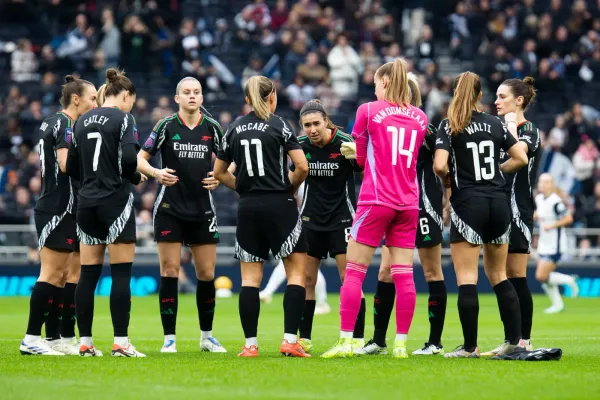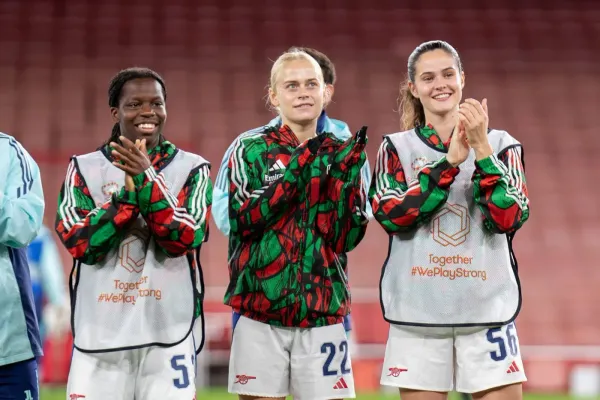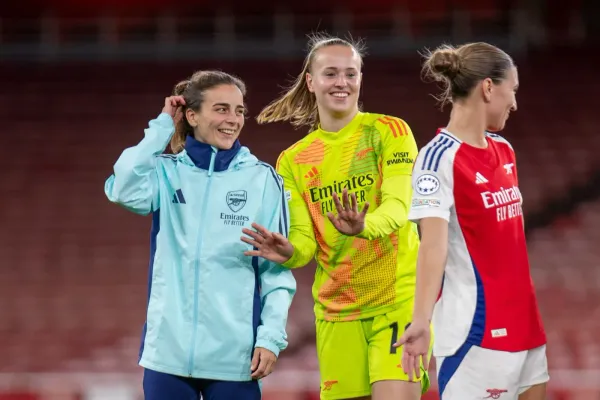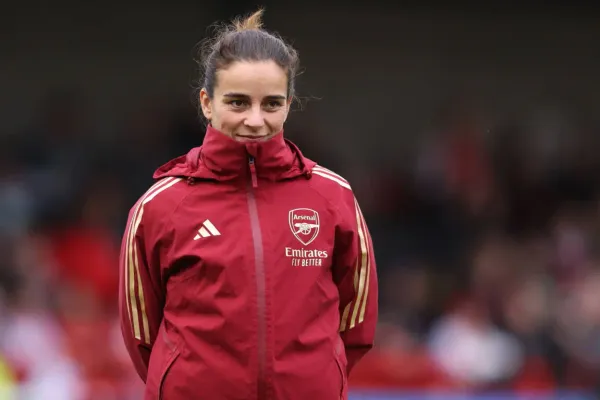My mum, Marieanne Spacey and the matchday programme
My journey into women's football
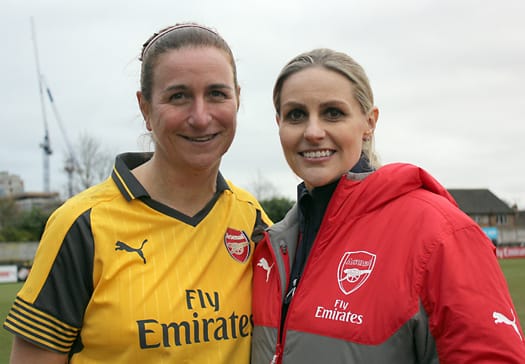
I went to my first Arsenal Ladies match in April 1996. Strangely, Arsenal played an ‘undercard’ match ahead of England men’s friendly with Croatia at Wembley Stadium against Wembley Ladies and my mum and I decided to go along early and check it out since it was the Easter holidays at school. I have since discovered that the game was essentially a rouse from Vic Akers because he wanted to sign Wembley’s teenage sensation Kelly Smith. A shame we never heard of her again…
Arsenal lost 1-0 to a goal from their former striker Naz Ball. One of the biggest hooks for my interest in the women’s team was the men’s matchday programme. For me, the matchday programme was a sacred document. I loved football, I loved writing, I loved reading and I loved certain elements of data (team line-ups, attendances, numbers of goals and yellow cards etc) and the matchday programme was the one artefact, at that time, that brought all those things together.
Arsenal always had a section on the women’s team in the back of the programme. I knew who Naz Ball was when she scored her goal in that game in April 1996 because I had seen her name and picture in the back of the programme dozens of times. I read the programme cover to cover every week and that meant reading everything about the Ladies team. Names like Naz Ball and Debbie Bampton were very familiar to me, even if I didn’t really see those players play on a regular basis at that time.
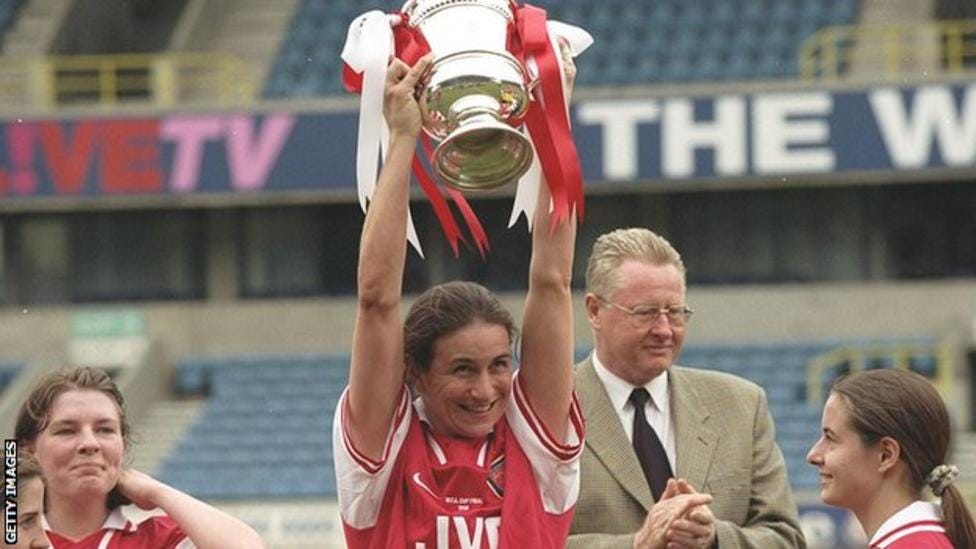
It was either later in 1996 or early 1997 when we went to our first Arsenal Ladies game in its own right, as it were. It was a game against Millwall Lionesses at Highbury and we sat in the West Stand Upper Tier. I don’t recall the score, other than the fact that Arsenal won handily. What I really recall is Marieanne Spacey being the best player on the field by some distance. She was taller than everyone else, leaner, more skillful and could kick the ball further than anyone else (which was very impressive to me as a 12-year-old).
Basically, I was keen to go and watch the Ladies for two reasons. One, because I kept reading about them in the programme. And two, because every other Saturday at Highbury just wasn’t enough football for me. There is a line in Fever Pitch when Nick Hornby talked about Saturdays at Highbury being the main television show and the other six days of the week being the adverts in between.
I had never related to a sentiment more in my life. That was exactly what I felt. On Saturday mornings I would play football, come home, jump in a ready made bath, get dressed and my mum would take me to Highbury. We would come home and my mum would make hot dogs in the kitchen and send me off to the chip shop with a crumpled ten pound note to buy chips.
We’d watch trashy Saturday night TV (Blind Date and Casualty proving to be the chaser) with hot dogs and chips and wait for Match of the Day to come on. I wanted another Saturday. One wasn’t enough and we couldn’t really go to away games regularly then. When my mum put it to me that Arsenal Ladies played on Sundays, that was all the encouragement I needed. (I already sound incalculably phogeyish so, needless to say, in those days very few men’s games were moved to a Sunday).
Looking back, I think my introduction to women’s football was perfect. My mum didn’t really pitch it to me as women’s football at all. She didn’t tell me to expect anything different, she didn’t really say anything to me at all other than ‘it’s Arsenal’, I had no preconceptions foisted upon me so I had no preconceptions to lose. I was just about young enough that I hadn’t totally developed the misogynistic attitudes all young men learn and then have to consciously unlearn (of course, many never do).
Even now, when people tell me they don’t like women’s football because it’s slower and less powerful than men’s football, I am sure that those things are objectively true but I was never told to look for them, so they never bothered me. Even now, with the volume of men’s and women’s football I have watched over the years, I couldn’t honestly tell you that the difference in those elements strikes me at all when I watch women’s football. I was never told to look for them; so it is like they are not there. I never had to adjust my eye.
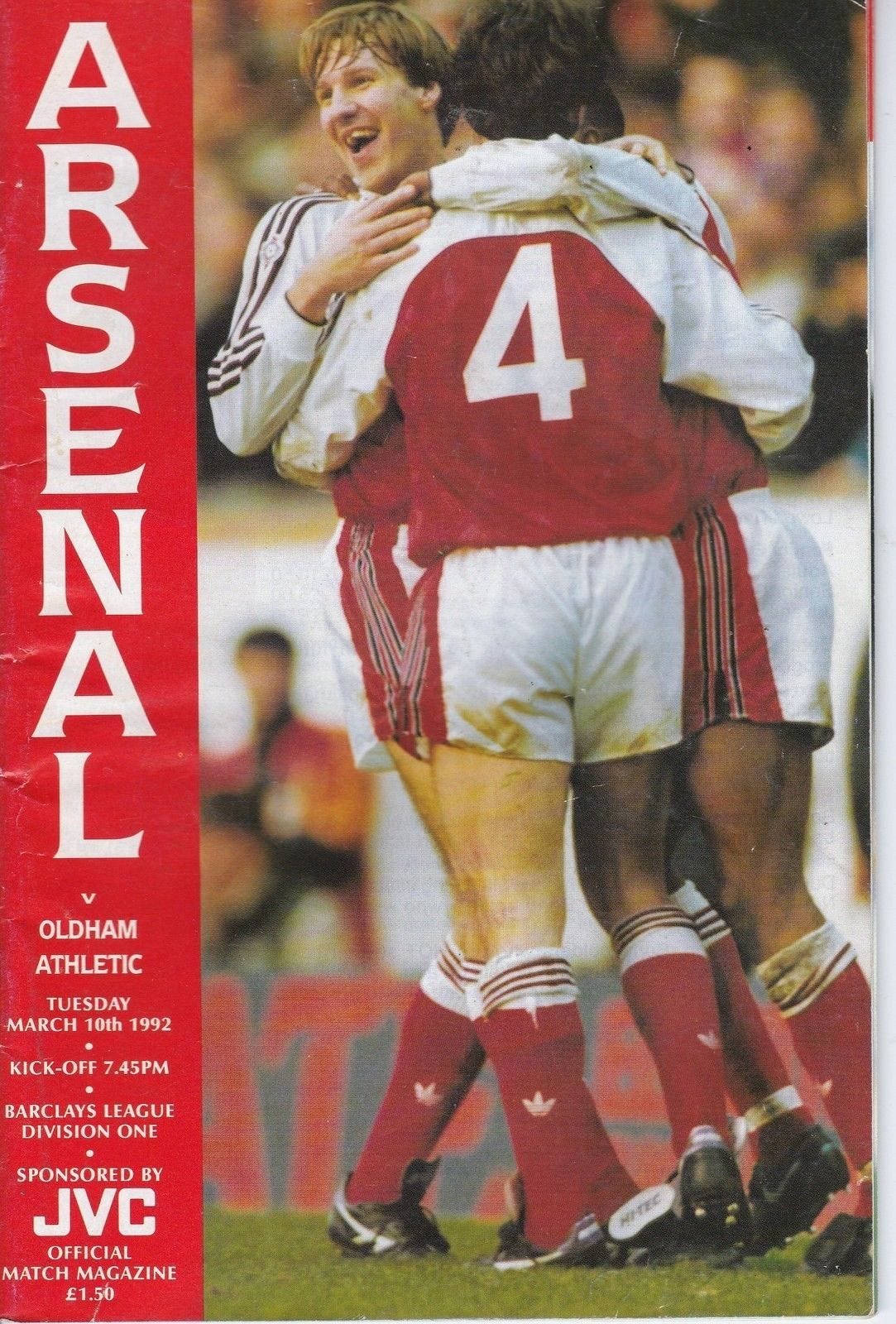
If I told you that I grew up with my mum and four older sisters (I lost my father when I was a baby) and that I studied Literature and became a journalist in women’s football, you are probably conjuring images of an affirmative feminist upbringing. But it wasn’t really like that. That was just my life and it was normal and women’s football fell into that category for me too.
Those were my hooks into the sport, my mum and her refusal to present it to me as anything other than, well, football, the matchday programme, a constant source of wonder and inspiration and Marieanne Spacey, with a right foot that was part paintbrush and part bazooka. (Earlier this week I had the honour of interviewing Marieanne and you can read that interview here).

